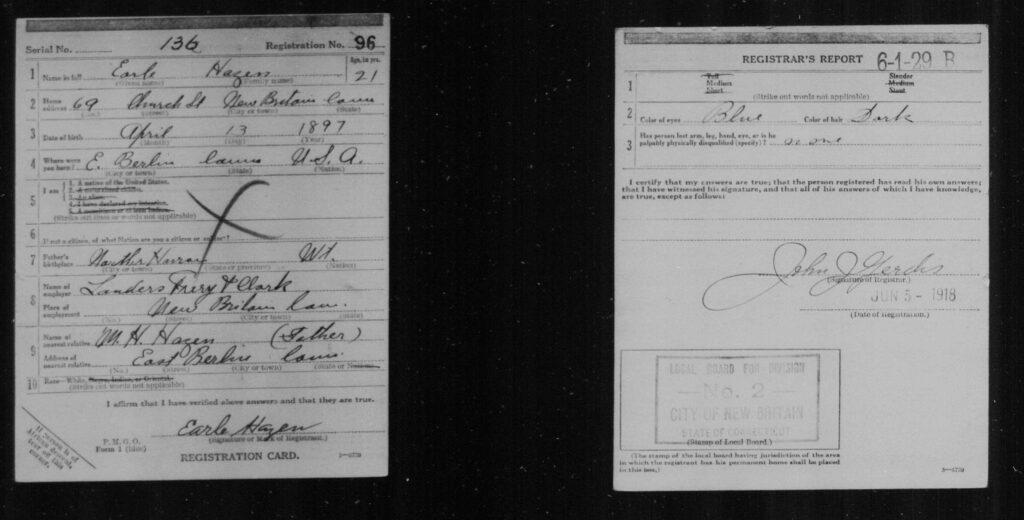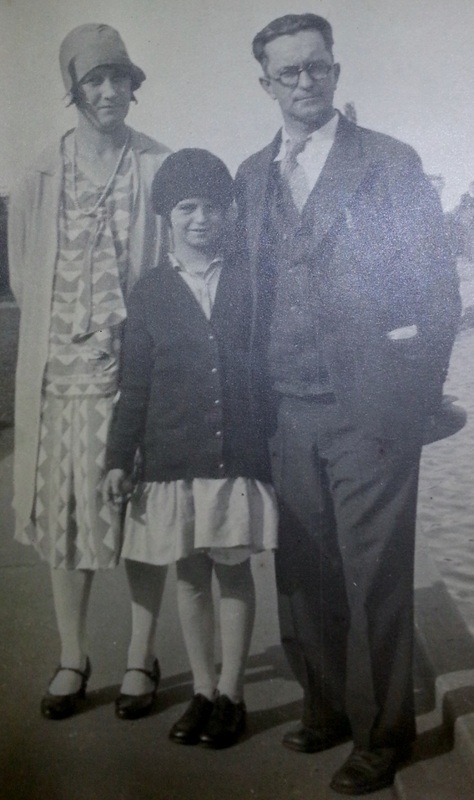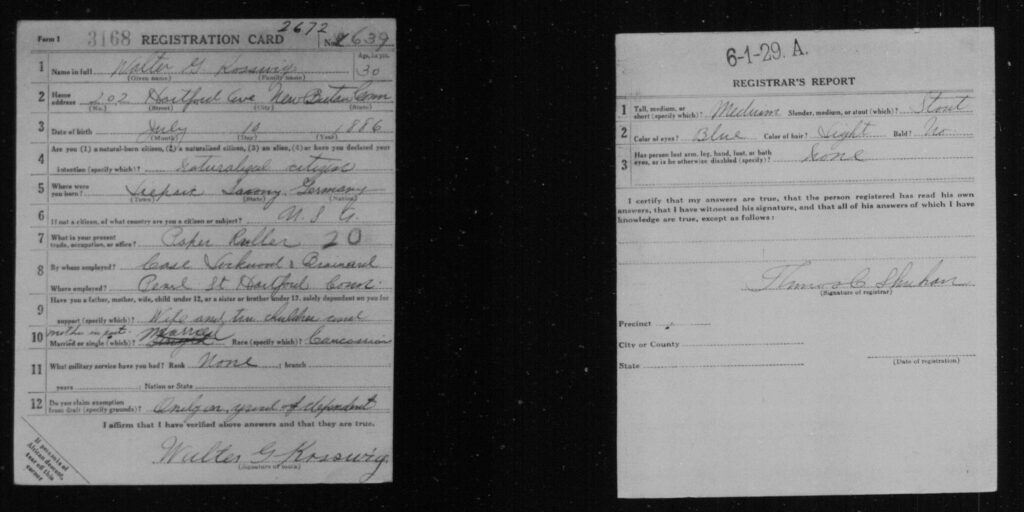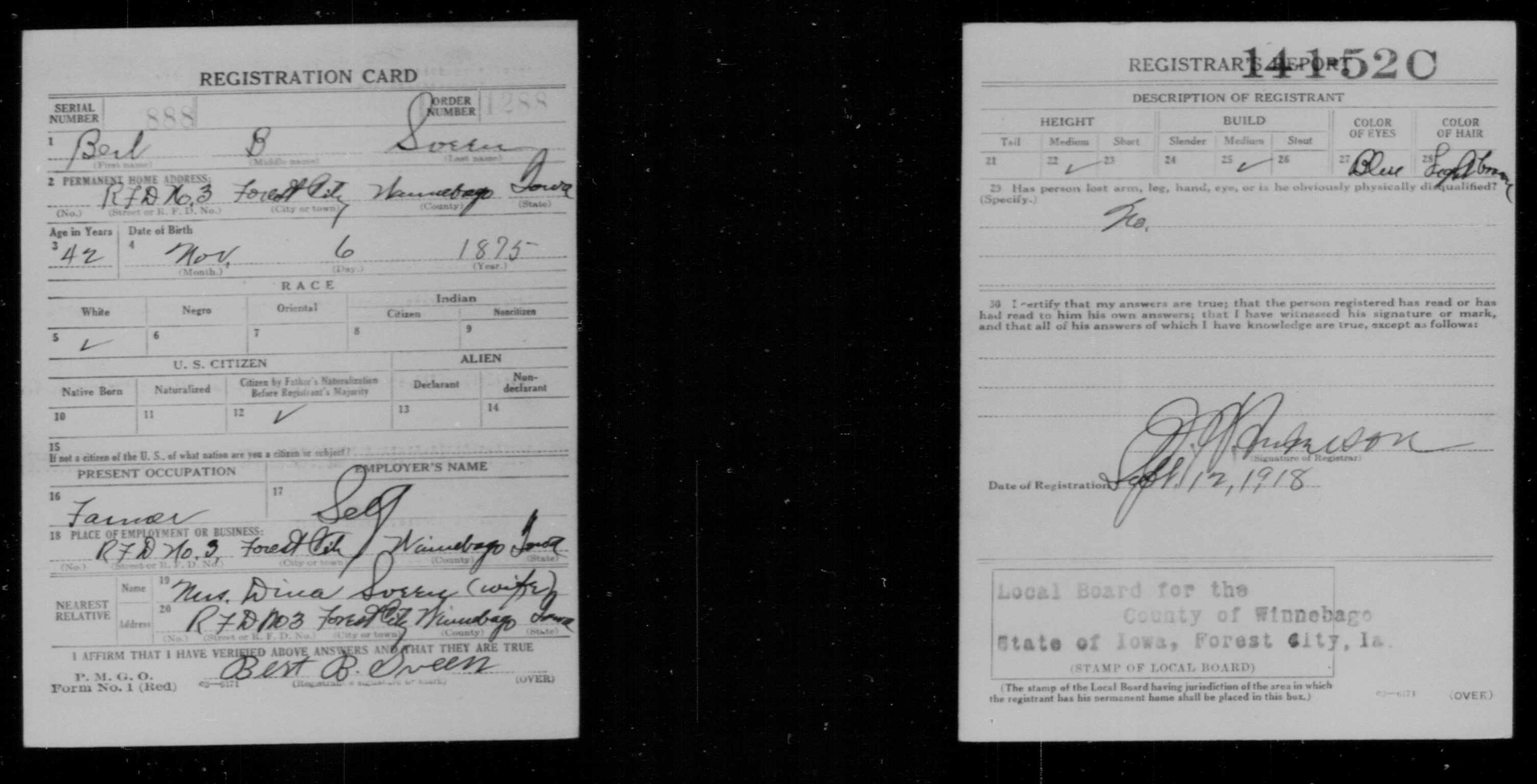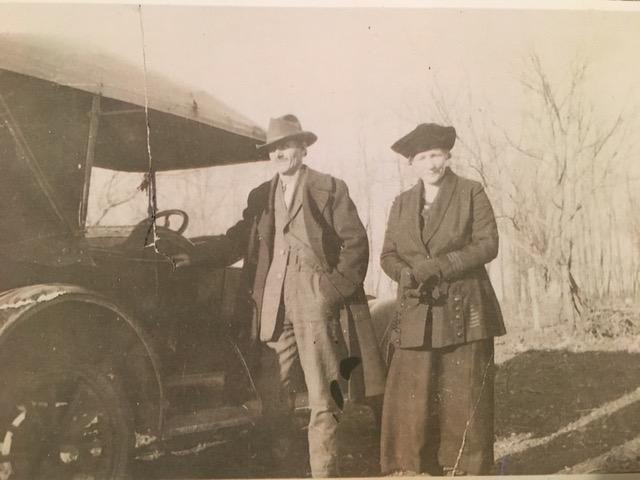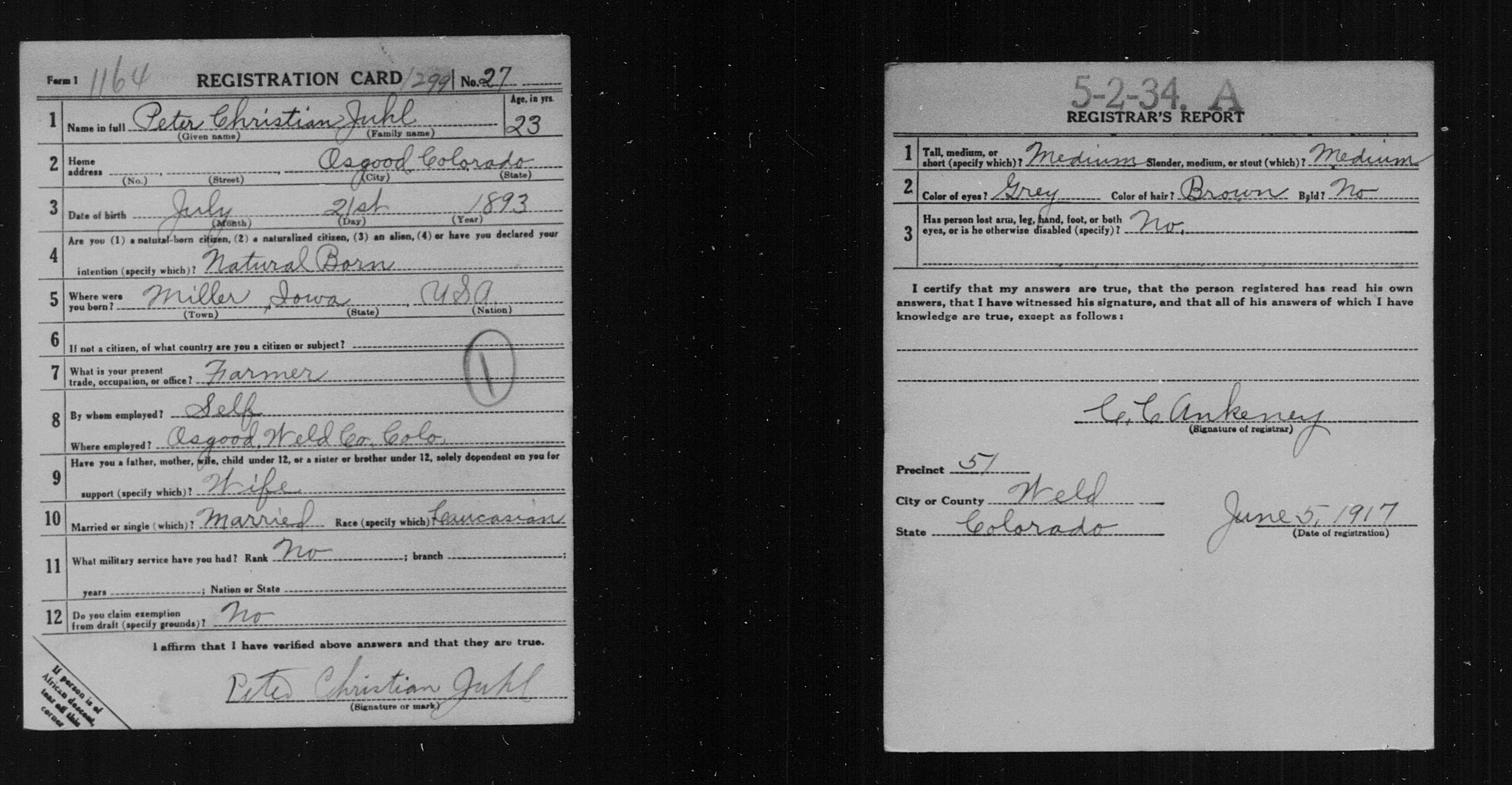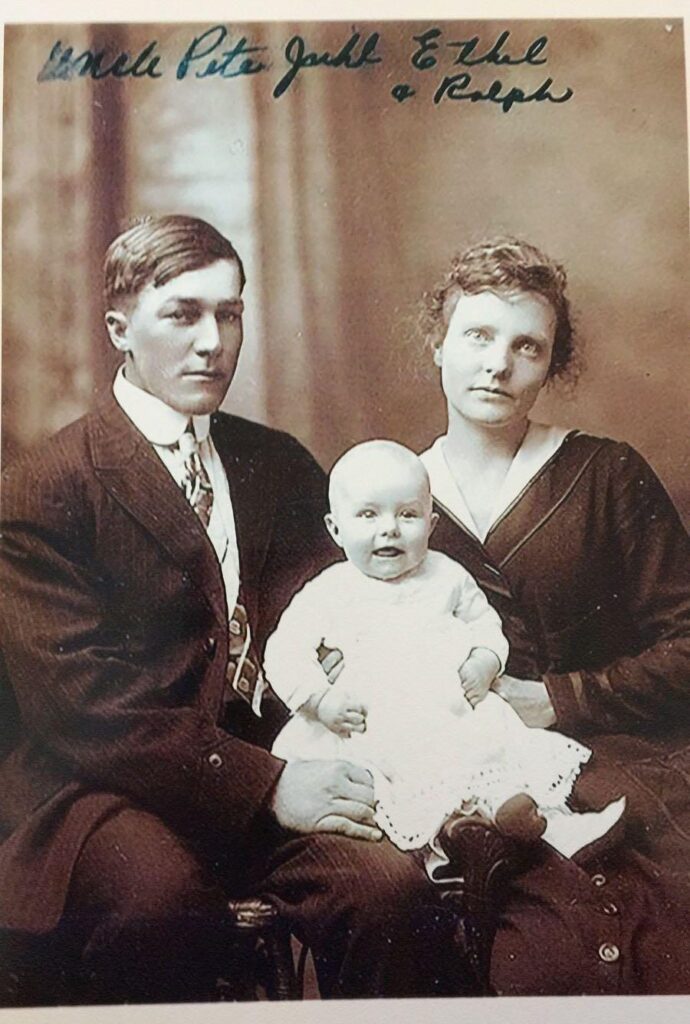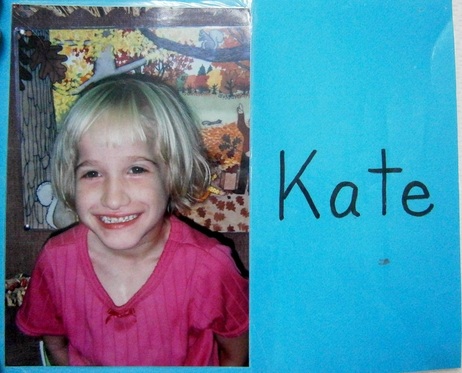I was again at an MLB baseball game yesterday, June 16.
The Washington Nationals defeated the Pittsburgh Pirates, at Washington. Neither team looked very good and but for a two-run home-run, the game was a toss-up.

They announced attendance as 16,800. Of 42,000 seats, giving a total ticket-sale figure of 40%. This in addition to what must be a few thousand staff, almost all of whom looked bored almost all the time (which I find an awkward part of the experience whenever I have been at baseball games here).

Thoughts follow on observations and some memories, the usual things I tend to drift into writing on these pages.
__________________
Bikeshare to stadium
I went to the game with my dad, who invited me. He has a friend who sells him tickets at discounted rates. He has been a baseball since youth, though seemed much more of a fan in the 2010s than I remember him being in the 1990s.
I persuaded my dad to go to the stadium by bikeshare after parking in North Arlington. In all there were four legs round-trip, and he did three by e-bike (free because I have so many credits) and I did them all by regular bike as usual (free always for members).
From looking at the stations around the stadium, I estimate something at least 150 people attended the game by this method, with probably an equal numbers using private (non-bikeshare) bikes. Armed guards watch over these private bikes during the game in a little cove on the east side of the stadium, which they call a “bike valet.” If my estimate is right, around 300 people of 16,800 attendees went by bike, 1.8%. Since many attendees were children, or elderly, or obese or otherwise disabled, this must mean up to 3% of able-bodied attended by bike.
One effect of the Virus Panic disruptions is the end of the bikeshare system’s “bike corrals,” four stations downtown manned in the mornings by small teams who would keep docks open, in other words, guaranteed parking. I used these. They did not return at all in 2020 and don’t look likely to return in 2021, though maybe by fall they might.
I think the bikeshare system also used to run these “corrals” at certain other places during major events, but I haven’t seen any in a few years. One was during baseball games. A small team would keep docks open — as the station got full, remove some bikes and keep them in a pile, allowing new arrivals to cruise in and park. This was a great system, but is now gone. We got there very early — 3pm — and the main station across from the main entrance was full by about 4:30pm, and most others in the area were also at or near full.
There are no real hills going to the stadium, which sits on the west bank of the Anacostia River not far above where it meets the Potomac, which makes bicycling there theoretically practical. In practice it’s still a little hard, which is a disincentive to people doing it. Make things like that easy or people won’t do it.
The good thing about rolling in early was walking around the empty stadium:

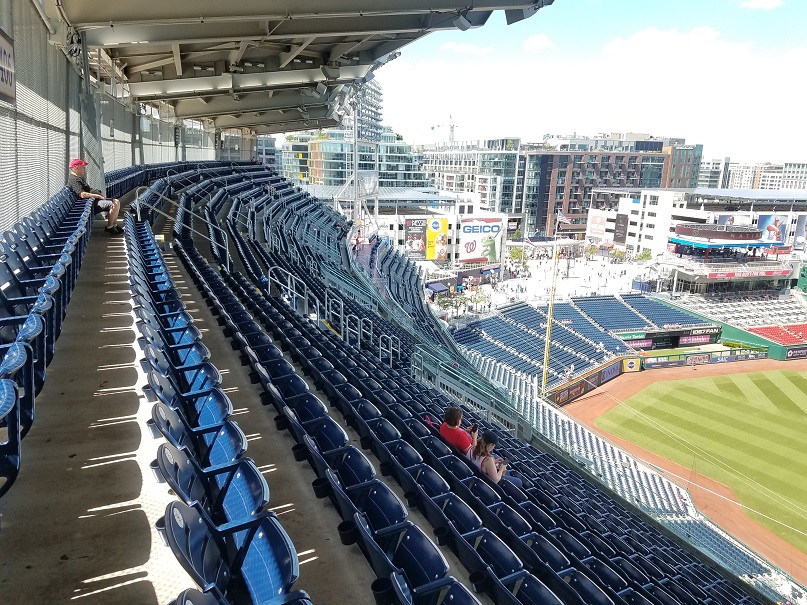
___________________
Reflections on stadium-anchored “gentrification” success, mid-2000s vs. early 2020s
I must say, the baseball stadium has been a success in anchoring the major gentrification of this area, which had sunk to some pathetic depths of crime by the 1970s, fading into the 2000s, something near a half-century lost. Optimists in the mid-2000s predicted the new stadium would turn things around decisively and they were right, or at least sis definitely right if we lean on Correlation and ignore that pesky bug in the ear called Causation.
In some pictures taken from the Nationals stadium, you’ll see large, new-looking apartment buildings near it. These are new-looking because they are new.
The river sits on a site adjacent to the Anacostia River. The very name “Anacostia” conjures up some unpleasant images, even today, to many. The general area was once an anchor of Washington’s years-long claim to being Murder Capital of North America. No Washington baseball team was national champion between 1934 and 2019, but quite a few years had Washington ranked Number One for crime, or at least homicides.
I remember assuming that crime would more likely persist. I was wrong in being skeptical that the plan would work, because the stadium today is surrounded by luxury apartments.
In my partial defense, the general area is still not exactly the kind of safe a good neighborhood in pre-1960s Washington would have been, and there is a modest siege mentality, of the kind that must be felt by residents of those Brazilian luxury apartments walled off from favelas but all the same directly adjacent to them (this is much more visceral in the development in Maryland just outside DC caleld “National Harbor”).
I had some dealings in one of these new apartment buildings in 2014, when I worked for a time for a Korean Phone English company. The agent for the company ran the business out of his home, I assume, and met me in the lobby. (Was that in a legal gray area?) The building was pleasant once scanned in, inside the security zone, but still subject to the unpleasantly high-security feeling. I expect that had faded somewhat by the end of the decade as things marched on.
Of course many other areas also improved. The 2010s were the lowest-crime since the 1950s (and early 1960s). Since the annus terribilis of lockdowns, artificial major recession, riots, and major breakthrough by anti-police rhetoric, a series of reverses starting in spring 2020, crime is back up around its long-term late-1960s-to-mid-2000s running average.
Since the lockdowns began there started to emerge unmistakable signs of major social blight in parts of Washington, things that seemed a thing of the past by 2019. The abandonment of downtown with the Virus Panic led directly to the mayor deciding to cede several downtown blocks to a protestor zone. For now fifteen months the mayor has also refused to allow police to clear homeless camps in public parks, originally citing the Virus (of course!), but now just through intertial inaction, I guess. This is to the bafflement of many. The tent citynear the Watergate Hotel has dozens of tents now, and I have seen some unpleasant scenes in it. But no sign of homeless tent-cities near the stadium yesterday.
If Washington’s sudden decline persists, the anchor of the stadium are will probably not feel its effects on game- or event-days.
_____________________
The rollback of the Virus Panic
The capacity restrictions seem finally gone. I interpret this as another signal that our agenda-setters want to move on from the Virus Panic. Had they been responsible social stewards, they’d have moved to limit social/economic/psychological damage from the start, let people make their own decisions, and for God’s sake not deliberately fan Panic flames (which they did). I noticed clear signs of a sustained campaign to unravel the Panic starting in mid-May 2021. The tone shift seems to predate that. Maybe they were waiting for spring? Of course when flu season ends, flu viruses recede dramatically in our climates.
In the Washington baseball stadium case, the authorities lifted the stadium attendance capacity cap from 33% to 100% less than a week ago. For this game, the market bought 40% of the tickets. (It was a 4:00pm weekday game and I don’t know how many of those ever sell out, especially mid-season for a mediocre team; though the Nationals won the World Series in 2019, they don’t look like the same team now.)
The market figure and the arbitrary capacity restriction end up being similar figures — 33% vs. 40% — which means if the local government still demanded the 33% limit, three thousand who attended yesterday could not have done so, a simple deadweight loss to those people and to ticket and food/beverage revenue and whatever else they tossed their money into.
The other good news, from my perspective (as a pretty hard-line anti-VirusPanic person since late March 2020), is the absence of mask busybodies, those who demand people wear masks or adjust them properly, which became a strange feature of Virus Panic world since masks became mandatory by law by about May 2020.
(Looking back now, Mask-ism was a strange escalation by the Virus Panic regime, right when they should have moved decisively to slay the Panic beast and let people make their own decisions — which they finally did one year later, but for one year masks became a disturbing feature of lived reality, led by the decisions of Western political demagogues riding Virus Panic to popularity or power-grab, my interpretation of events.)
The fingerprints of the old regime are still all over:

With half of June gone, I see continual good news on this front. An event like a major-league baseball game, and what restrictions are imposed or not, and how people behave, these seem pretty significant indicators to me, especially in one of the Big Blue strongholds of what became a bizarre, reality-detached Flu Virus Cult. O understand much of Europe is still mired in this, and Australia is for some reason the worst off of all, being subject to disgraceful terror-panics when even one “positive case” comes out in a region.
There are still individual Panickers, of course. I still see people still riding a bicycle with masks on, something I will just never understand.
I was moving around the stadium for, it must have been fifteen minutes before I saw the first spectator with a mask. Later I saw a few others, some actively wearing and some with it hanging off their face or neck or whatever in some way — all looking ridiculous to me and I would hope looking ridiculous to the eyes of History. It’s hard to estimate, but maybe 5-15% of spectators had masks with them at all, and most of those were not actively wearing them at any given moment, which puts the total actively wearing at any given time well below 5%. Up from 0.00% in 2019 and all previous years.
This little estimate of mine applies to spectators. The staff is another matter. The staff mostly had conspicuous signs of masks — I assume they are still under a private mandate. My non-scientific estimate is least half actively wearing them at any given time, but not too high above that 50% line. Some conveniently took long or indefinite breaks from the mask in the afternoon heat and seemed no longer to be subject to mask-busybodies or supervisors. Their mask rate is much down from peak-Panic periods since the mandates started coming in in spring 2020.
This is all really good news, but as long as anyone has a mask to me means a sign of the social contagion (which I’ve called Virus Panic here) is still in circulation.
______________________
Miscellaneous baseball memories
I do not follow baseball, nor do I follow any sports with any regularity today. I did when I was a kid.
I played baseball up to around age 12, always prompted by my dad, whose own preferences and interests generally steered my activities at those ages partly to my low-level resentment. Not long ago I came across a team picture from 1996 of my our team and my dad kneeling alongside, as coach. I hardly remember him being coach. I think there were two coaches and the other one was absent on picture day.
I liked playing baseball, I think, and am glad I was able to do it and had a period of great interest in the sport (i.e., when I “followed” it), because in the end it’s the mark of one plank of our culture. Baseball has been with us about two centuries, though the lineage of the game may not be what the legends claims (invented by a young man named Doubleday at Cooperstown, New York, about 1840 — later General Doubleday). People who don’t know the game expect American men to know it and be able to explain it.
I wouldn’t mind playing again, especially a lower-stakes version as with plastic bat and hollow plastic ball. My cousins in Connecticut called this “whiffle ball,” but I don’t know how common that name is.
(I played cricket once, in 2012, on an island off the west coast of Korea, with a mish-mash of vacationers including British coworkers, and did amazingly well to their surprise. Baseball skills are transferable, though the rules of the game are different. Cricket vs. baseball strikes me as a good analogy for how languages differ and how language families work.)
_______________________
Baseball games, 1990s vs. 2010s/20s
I attended a few Baltimore Orioles games in the 1990s, the closest team to me at the time before the Nationals came in. I was at one one as late as July 2005, with my aunt N. and cousins B. W. and M. W.; the Orioles were playing Boston, which is B. and M.’s favorite team and, they being through the area at the time, decided to attend and for some reason invite me. (They are from near the Yankees-Red Sox fandom dividing line that runs through central Connecticut and decisively side with the latter.)
One thing I noticed in the 2010s, in the handful of times I attended games in various capacities and situations, and which I was reminded of very much yesterday, is the lower share of people actually interested in the game in any way than what I remember from the 1990s. (Reader beware, I was just a boy in the 1990s and everything impressed me. Even trying to adjust for that, I really think this is true.)
Many of the people attending are just at these games as a social event and spend the entire time chatting or hanging around in the rear area, and any of the game they witness if almost by chance. These are people there as a form of social signaling. This is true of many, perhaps most, of the women attending, and many of the men, too. A little sign of how so much of the world is oriented towards women, especially younger-end women in that consumption decisions are much more driven by women (per anyone with contact with lived-reality, but also spending studies).
It’s hard to untangle exact motivations in individual cases but the social dynamic of “attending = prestige” does seem to exist, like an umbrella under which individuals operate. In any case this is great news for the Nationals as a business, because if the stadium is a ‘prestige’ place to be, sales go up, attendance goes up, sales of merchandise goes up, prices can go up (or stay crazily high, $30+ t-shirts, whatever).
____________________
Airport-style security comes to stadium — Why?
I started this writing on the rapid retreat of masks as symbol of the retreat of the Virus Panic coalition, which is good news. I realize there was something else in yesterday’s experience that seems pretty bad news and which I want to put to paper here. It is: the hugely increased security at the front gate, and seemingly also inside the stadium.
They interrogate everyone entering now, often for several minutes, and subject them to airport-style security with the same level of rigor and tone that the benighted TSA does. The TSA, perhaps the USA’s most hated agency of all since its founding in late 2001. Is it actually a government agency? For practical purposes it seems to be, and after twenty years another government agency was born never to be reigned back in.
Most people have demonstrated their full willingness to go along with whatever, as long as whoever it is eventually waves them through. Last year taught us this willingness includes even month-after-month-after-month of endless, rolling shutdown orders, based even on the thinnest of justifications and apparently no cost-benefit calculations at all, throwing social and economic life into disarray. Compared to 2020, a little increase in stadium security looks minor.
Still, for some reason I was surprised and annoyed by the new security regime. I was in the stadium over four hours without but one or two brief sips of water from a drinking fountain. I would’ve had more but they made me throw out my water bottle at the security gate because it was already open. (What the heck?)
This is all dramatically different than what I remember. As recently as summer 2019, the last time I was at a game (which was with coworkers and worth a full post of its own if I get around to it), I remember sailing through security and taking more time scanning the ticket to get in. This time the ratio was reversed.
I remember airports in the 1990s. I think the baseball stadium security in June 2021 was in some ways at least as strict as airport security was in the 1990s and in some ways stricter. Absolutely no bags are allowed. All open water bottles must be inspected and dumped if opened. There were several other procedures. What is the meaning of this?
I don’t know who gave these silly orders for airport-style security at the baseball stadium gates. I also sense they may never get rolled back now. I’ve heard this called the “ratchet effect.“

